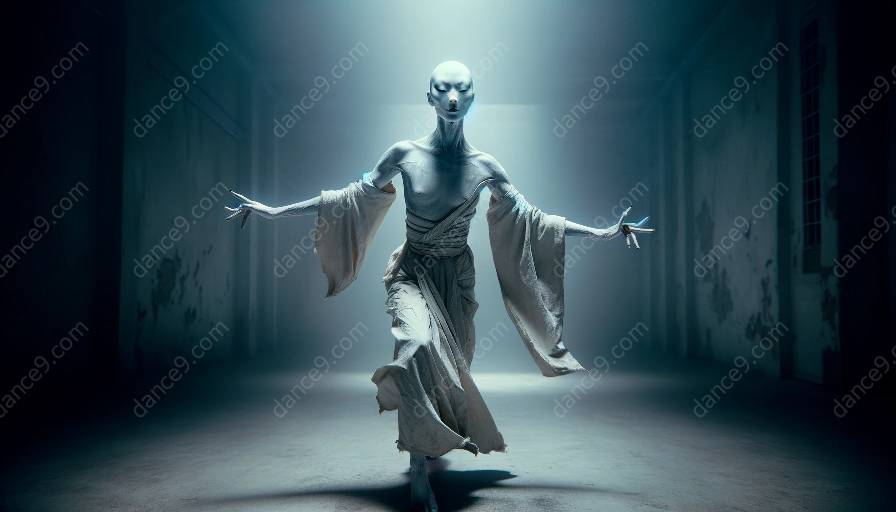The transformative power of expressive body movements in the art of Butoh is truly captivating. Rooted in Japanese tradition, Butoh is a form of dance that delves deep into the emotional and spiritual realms, offering a unique avenue for self-expression and exploration. This article aims to unravel the enigmatic nature of Butoh and its potential integration into dance classes for those seeking a profound and immersive experience.
Understanding Butoh:
Butoh, often referred to as the "Dance of Darkness," emerged in post-war Japan as a radical response to the Western influence on traditional Japanese dance. It defies conventional norms and embraces themes of darkness, grotesque beauty, and the surreal. Butoh dancers use their bodies to portray raw emotions, delving into the depths of human experiences, both personal and collective.
Embracing Primal Movements:
Butoh's unique approach emphasizes slower, controlled movements focused on inner sensations rather than outward appearances. The dancers explore an array of unconventional and often distorted body postures, evoking a sense of primal intensity and raw vulnerability. This distinctive style encourages greater introspection and authenticity, transcending the limitations of more conventional dance forms.
Integration into Dance Classes:
Introducing elements of Butoh into traditional dance classes can offer students a transformative and immersive experience. By incorporating Butoh's emphasis on introspection and raw emotional expression, dancers can deepen their connection to movement and the underlying emotions fueling their artistry. Integrating Butoh elements can infuse dance classes with a renewed sense of creativity, freedom, and authenticity.
Techniques for Exploring Butoh Expressions:
When integrating Butoh into dance classes, instructors can introduce exercises and techniques that encourage students to connect with their innermost emotions and express them through their bodies. These activities might include guided improvisation, sensory exploration, and the use of imagery to elicit specific emotional responses. By immersing themselves in these exercises, dancers can access a deeper well of creativity and authenticity in their movements.
Benefits of Incorporating Butoh:
Embracing Butoh's expressive body movements in dance classes can yield numerous benefits for dancers. By cultivating a deeper understanding of their emotional landscape, dancers can enhance their ability to convey powerful narratives through movement. Butoh's emphasis on authenticity and vulnerability can also foster a more profound sense of connection and empathy among students, enriching their overall dance experience.
The Spiritual Dimension:
Butoh's roots in spirituality imbue the art form with a profound sense of introspection and transcendence. By embracing the spiritual dimensions of Butoh, dancers can uncover new avenues for self-exploration and self-discovery. This aspect opens up opportunities for personal growth and transformation, making the integration of Butoh into dance classes an enriching endeavor for both students and instructors.
Conclusion:
Exploring Butoh's expressive body movements offers an enthralling journey into the depths of human emotion and authentic self-expression. By integrating elements of Butoh into dance classes, instructors can lead students on a transformative path, fostering a deeper connection to movement, emotion, and the spiritual dimensions of dance. Embracing Butoh's unconventional beauty and profound introspection can infuse dance classes with renewed creativity, authenticity, and a heightened sense of emotional storytelling.













































































